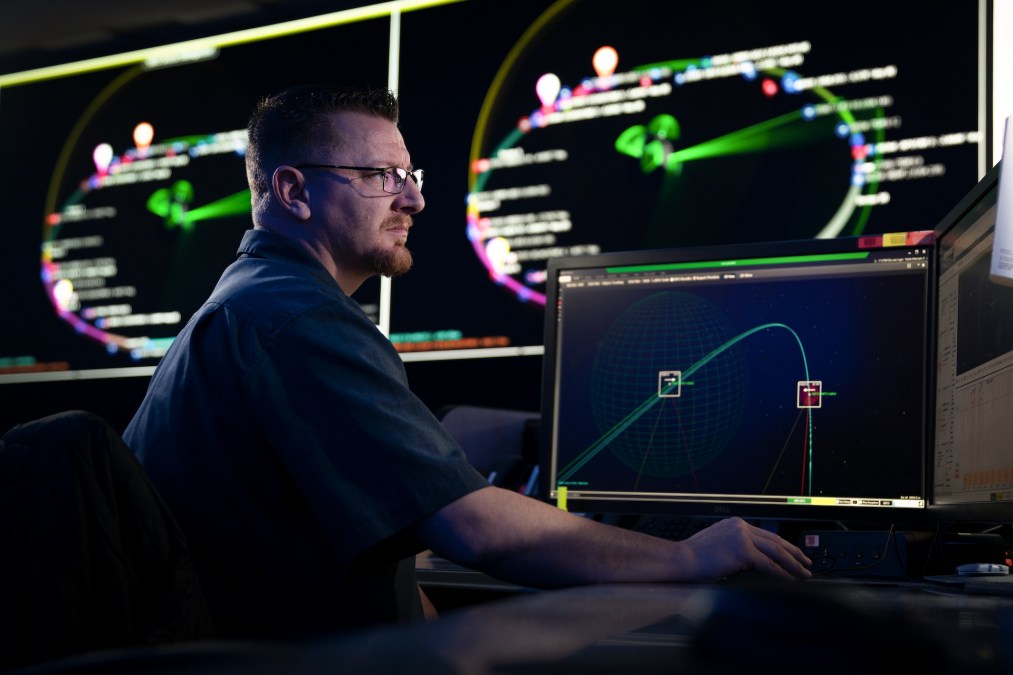Space Force ‘not doing enough’ to leverage AI, machine learning — senior official

As artificial intelligence and machine learning capabilities continue to evolve, a top Space Force official is calling on the service to improve how it harnesses those tools to assist with time-consuming tasks and predictive analytics.
“We’re not doing enough with what I call AI and ML. There are some things that we are doing — a lot of it is on the backs of young guardians that are Supra Coders — but we need to go beyond that,” Lt. Gen. Doug Shiess, commander of U.S. Space Forces-Space, said Wednesday at the annual Spacepower Security Forum hosted by the Mitchell Institute.
Organizations across the Department of Defense have emphasized that artificial intelligence and machine learning will be important decision aids in future conflicts. But as the technology continues to rapidly advance, many in the DOD are still grappling with how to best implement those capabilities — from what policies will be needed to how the tech can be tailored for the military.
As others have highlighted in the past, Shiess said that AI and ML could assist warfighters who do very time-consuming assignments. For example, guardians in the 18th and 19th space defense squadrons are tasked with monitoring objects and debris in orbit to keep an eye out for potential collisions in space.
“That is an intensive amount of work to look across the Space Surveillance Network, know what’s happening, make qualitative guesses at what’s going to happen and do that as much as we can with the world dynamics calculations that we have,” he said. “But if we could have AI to be able to do that in a much faster perspective, we could have those guardians do other things.”
The technology could also be used to assist the Space Force in examining the current readiness of guardians, Brig. Gen. James Smith, assistant deputy chief of space operations for operations, cyber and nuclear, said during the panel.
At the moment, much of the discussion around artificial intelligence has been about how it can help the service analyze and understand adversary behavior. But that thinking also should be applied for training and evaluating guardians, he added.
Those AI and ML tools will be critical as the Space Force continues to build out its virtual training environment, known as the Operational Test and Training Infrastructure, Smith said. The environment will improve upon the service’s current training and allow guardians to practice and develop skills in a simulated space that represents real-world threats.
“At the end of all of these readiness activities, there has to be a measure where you can assess — ‘Am I actually ready?’ We’ve done that over time in Air Force systems that were tailor-made for Air Force readiness, but we’re now implementing tools to measure Space Force readiness,” Smith said.
The service has recently launched a pilot effort where guardians are using AI and ML to analyze data from readiness activities in order to identify trends in warfighters’ skills and where they need to improve, he noted.



